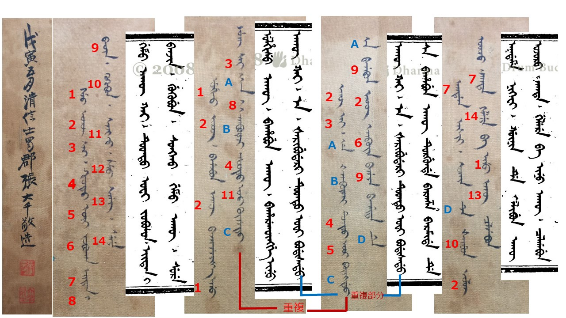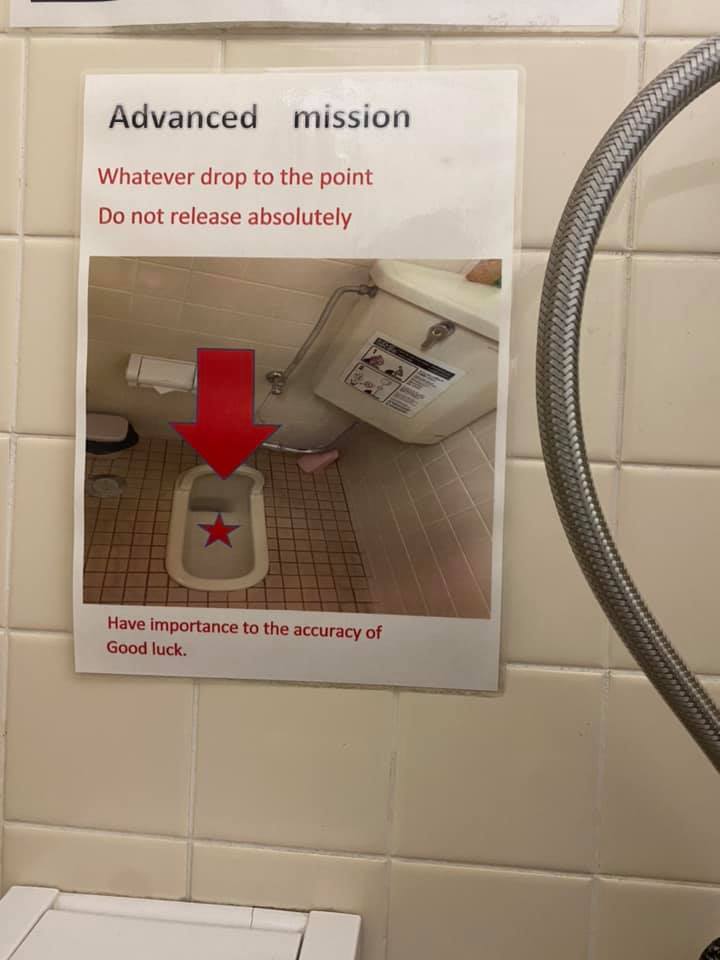"Reliability is confused with truth"
Laurent Mottron, "A radical change in our autism research strategy is needed: Back to prototypes", Autism Research 6/2/2021:
ABSTRACT: The evolution of autism diagnosis, from its discovery to its current delineation using standardized instruments, has been paralleled by a steady increase in its prevalence and heterogeneity. In clinical settings, the diagnosis of autism is now too vague to specify the type of support required by the concerned individuals. In research, the inclusion of individuals categorically defined by over-inclusive, polythetic criteria in autism cohorts results in a population whose heterogeneity runs contrary to the advancement of scientific progress. Investigating individuals sharing only a trivial resemblance produces a large-scale type-2 error (not finding differences between autistic and dominant population) rather than detecting mechanistic differences to explain their phenotypic divergences. The dimensional approach of autism proposed to cure the disease of its categorical diagnosis is plagued by the arbitrariness of the dimensions under study. Here, we argue that an emphasis on the reliability rather than specificity of diagnostic criteria and the misuse of diagnostic instruments, which ignore the recognition of a prototype, leads to confound autism with the entire range of neurodevelopmental conditions and personality variants. We propose centering research on cohorts in which individuals are selected based on their expert judged prototypicality to advance the theoretical and practical pervasive issues pertaining to autism diagnostic thresholds. Reversing the current research strategy by giving more weight to specificity than reliability should increase our ability to discover the mechanisms of autism.
Read the rest of this entry »

